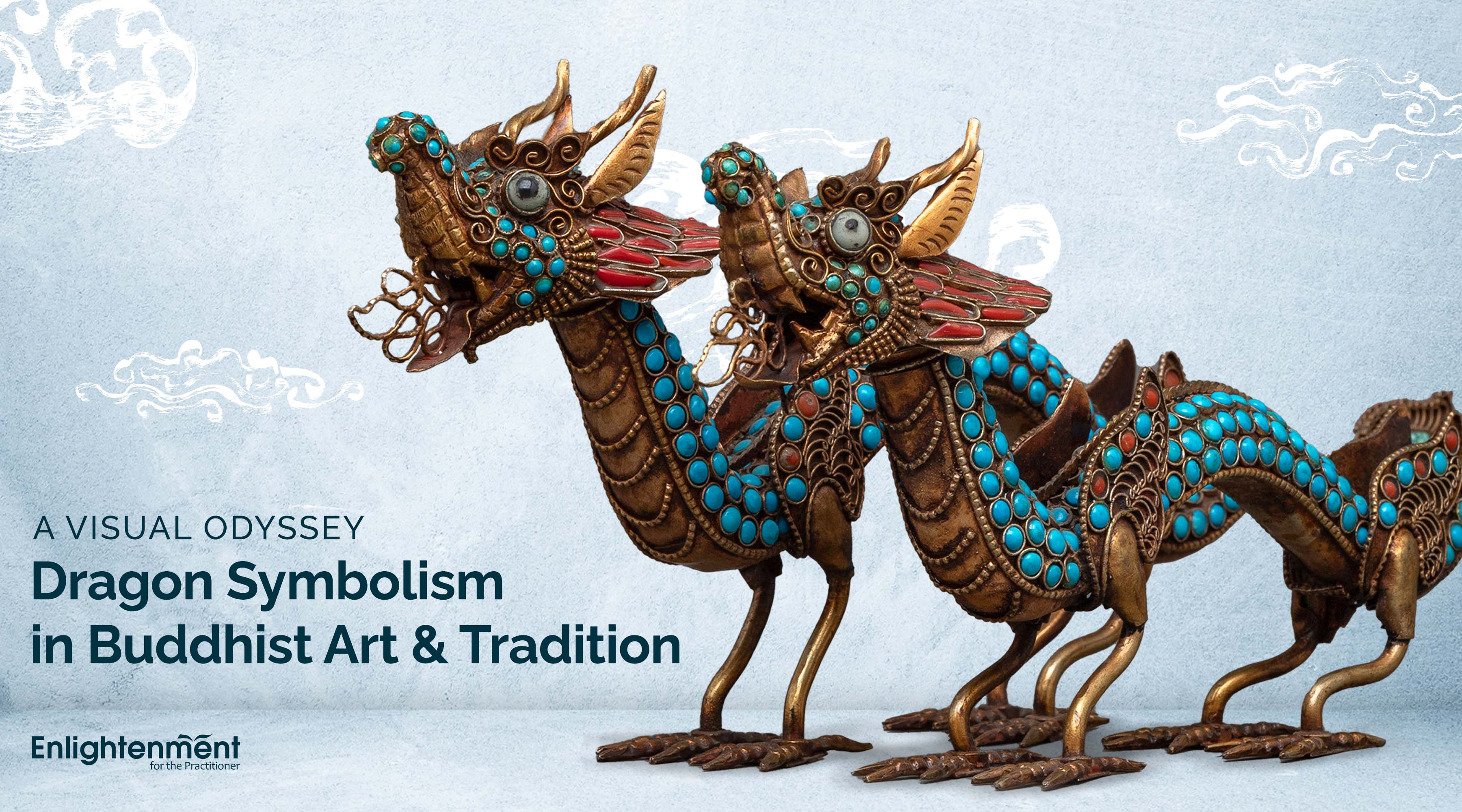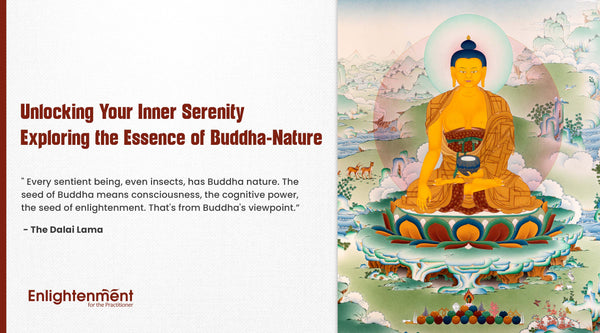The Symbolic Power of Dragons in Buddhism
Dragons have been a component of human culture and religious beliefs for millennia, serving as symbols of power and mystery. Dragons, often called "Nāgas," are important in Buddhism because they are symbols of great wisdom and protecting abilities. This article explores dragons' historical and cultural significance and their role and symbolism in Buddhist tradition.
Key Takeaways:
- Dragons in Buddhism, known as Nāgas, are revered as protectors of the Dharma.
- They symbolize transformation, wisdom, and sometimes, danger.
- Nāgas are often associated with water and weather phenomena.
- The relationship between Nāgas and Buddhist figures is highlighted in various texts.
- Dragons in Buddhist art convey deep symbolic meanings.
Historical Context and Origins

Buddhism, animal symbols play a crucial role, embodying the unique virtues, such as power and wisdom, of each living being. These symbols hold secret meanings associated with the specific characteristics of the represented animals, emphasizing the connection between Buddhism, goodness, humanistic ideals, and nature.
Dragons, considered metamorphoses, can transform in size from a silkworm to a giant filling the sky. Represented in either green or brown, the green dragon, linked to Buddhism, emerges during the spring equinox, symbolizing the eastern sunrise and the growing light of spring.
Conversely, the brown dragon descends into a deep basin during the autumn equinox, dwelling in the mud until spring yet maintaining a connection with practitioners, bringing health and wealth. Wisdom and health are symbolized by pearls or jewels in the dragon's claws. The dragon's control over the weather is manifested by squeezing the jewelry to produce dew, showers, or rain.
Interpretation & Symbolism Of Dragon
Dragons have various symbolic meanings in Buddhism. They are frequently portrayed standing watch over temples or holy books as guardians of the Buddhist teachings. Their capacity for transformation—they may alternate between human and serpentine forms—symbolizes enlightenment and spiritual development.
Symbolic Meanings of Dragons in Buddhism
| Aspect | Symbolism |
| Form | Transformation & Adaptability |
|
Serpentine Nature |
Connection with primal energies and earth |
| Treasure Guarding | Protection Of Dharma & Wisdom |
Dragons and Their Role in Buddhist Teachings
- Dragons in Buddhist Texts
Dragons appear in several Buddhist sutras and writings. The Lotus Sutra portrays the potential for universal Buddhahood as represented by the enlightenment of a dragon's daughter. Nāgas are described in the Vimalakirti Sutra as being in the assembly listening to the Buddha's teachings, highlighting their respect for the Dharma.
- Dragons and Buddhist Figures
Dragons are often associated with key figures in Buddhism. The most notable is the Nāga, who sheltered the Buddha during a storm as he meditated. This act is a powerful symbol of protection and divine support for the Buddha's mission.
Dragons and Buddhist Figures
| Buddhist Figure | Association With Dragon |
| The Buddha | Protected by Naga during Meditation |
| Nagarjuna | Said to ahve received hidden teachings from Nagas |
The Representation of Tibetan Dragons in Buddhist Art
- Artistic Depictions
Dragons are portrayed in Buddhist art in various ways, from menacing to kind. They are frequently depicted as motifs on temple walls and in scripture or coiling around the base of stupas.
- Symbolic Elements in Art
Buddhism's artistic depictions of dragons are deeply symbolic. They frequently feature components like clouds, diamonds, or flames, each adding a layer of significance ranging from wisdom illumination to spiritual purification.
Symbolic Elements in Art
| Element | Symbolic Meaning |
| Flames | Transformation & Purification |
| Jewels | Wisdom & Enlightenment |
| Clouds | Impermanence and the ethereal natura of existence |
Dragons in Buddhist Rituals and Practices
Click here to view our Tibetan Dragon Statue
- Ritual Significance
Dragons are included in some Buddhist rituals, especially those that call for rain or protection. In agricultural communities, they are widely sought after for their legendary ability to regulate the weather.
- Dragons and meditation
Dragon imagery is a part of several Buddhist meditation practices. Using the dragon's power for spiritual development and conquering challenges is the goal of these rituals.
Cultural Variations of Dragons in Buddhism
- Dragons in Tibetan Buddhism
Dragons are revered as strong entities in Tibetan Buddhism and are frequently connected to tantric activities. They stand for the use of energy to propel one's spiritual development.
- Eastern Asian Translations
In Buddhism, dragons are more common in nations like China, Japan, and Korea. They are firmly entwined with regional mythology and religious rituals and are frequently perceived as intelligent and kind.
Cultural Variations of Dragons
| Region | Characteristics |
| Tibet | Associated with tantric practices |
| East Asia | Seen as benevolent and wise |
Dragons symbolize a nuanced interaction between Buddhist's symbolic, religious, and cultural components. Dragons represent Buddhist teachings' dynamic and transformational quality, both in their function as protectors of the Dharma and in their expression in art and ritual.
Key Aspects of Dragons in Buddhism
| Aspect | Description |
| Protection | Guardians of temples and Dharma |
| Wisdom | Symbolize deep spiritual insight |
| Transformation | Represent spiritual growth and enlightenment |
Rather than just being fantastical animals, dragons in Buddhism are significant symbols that represent the essential ideas of Buddhist thought and practice. Their inclusion in rituals, literature, and the arts illustrates the Buddhist tradition's versatility and capacity to incorporate and adapt regional symbols and beliefs.



3 comments
Sue
Thank you. This was helpful.
Pema norbu
Thank you for your kind information which gave me a chance to understand myself and hope iny life
Karen Galvin
Thank you for this article. My son and I recently went to a Cambodian New Years Celebration at a Buddhist temple. Your article helped me to understand the symbolism of the many dragons outside the temple.